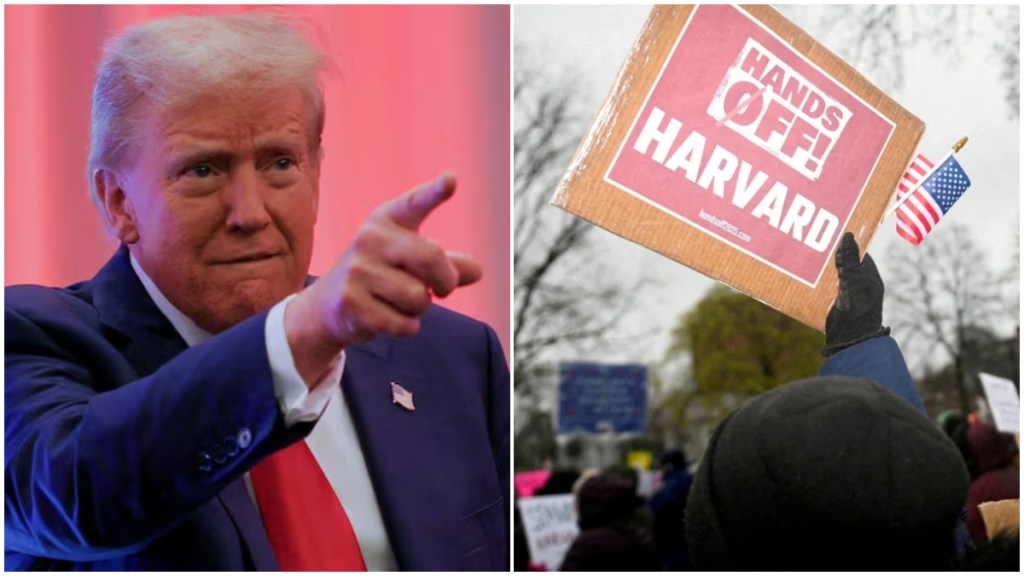Since March 28, Myanmar has been the epicenter of high-magnitude earthquakes, which have reached 7.7 on the Richter Scale. Due to their strong intensity, the tremors have also echoed in neighboring regions, such as Thailand and China. In the midst of natural disasters and irreparable losses, the country is struggling to survive the state of emergency, aggravated by the necropolitical nature of its recent history.
The biggest natural disaster in 100 years
On March 28, a 7.7 magnitude earthquake struck Myanmar, formerly Burma, causing immense destruction and many victims. The tremor was the strongest ever recorded in the country, with the epicenter located near the city of Mandalay, in a central region of the national territory. In addition to the high magnitude, the earthquake occurred just 10 km from the ground. This depth is considered shallow, which increased the damage caused by the tremors. Due to its intensity, the earthquake also affected regions of Thailand, China and Vietnam, leaving a trail of ruins in Southeast Asia. After the main tremor, there were also aftershocks, which reached a magnitude of 5.5.
The country’s state media reported that the earthquake caused 3,417 deaths, as well as 4,671 injured and 214 missing. Recovery from the disaster and the work of the rescue teams have also been hampered by heavy unseasonal rains and extreme heat. International agencies, such as the United Nations Office for the Coordination of Humanitarian Affairs (OCHA), report concern about the proliferation of epidemics, such as cholera, among the displaced survivors.

Mandalay, the former royal capital of Myanmar, used to be full of monumental buildings covered in gold. The city is considered an important religious center, home to Buddhist monasteries, temples, pagodas and monuments. The earthquake devastated the local infrastructure and left many dead in the country’s second most populous city. Debris now litters the streets of the city of gold, filled with ruins after the collapse of buildings, bridges and roads.
Among the homeless, the feeling is one of fear of returning home. In addition to the material losses, G1 reports that telephone lines have been interrupted and some areas have been left without electricity, adding to the panic among residents. Amid the already catastrophic scenario, earthquakes continue to strike the region, making it difficult to rebuild the lives that have been devastated.
The political scenario
Post-earthquake recovery has been arduous, due to the precarious health system and the civil conflicts unleashed by the military regime. The military junta controls local TV, radio and newspapers, as well as restricting access to the internet. The difficulty of accessing information about the disaster has also been an obstacle to sending humanitarian aid.
The current government has held power since a coup d’état in 2021, after the country’s military rejected the victory of the National League for Democracy (NDL) in the November 2020 elections, alleging electoral fraud and irregularities.
The NDL had ruled the country since 2015, when a democratic transition began after 50 years of oscillations between military regimes and short periods of civilian rule. In the midst of internal and external political conflicts due to accusations of ethnic cleansing against the Rohingya Muslims, the party’s second term never took office. In February 2021, the army announced its seizure of power after the arrest of NDL leader Aung San Suu Kyi and other related political leaders. A state of emergency was declared for a year, but the situation continues to this day.
Since the 1960s, the Burmese army has had a history of assuming power under the guise of a provisional government, with the aim of strengthening state capacities, such as improving the bureaucracy, pacifying the country overrun by militias and reducing corruption. In this vein, the military feels charged with establishing order and peace, seeing civilian governments as incapable of keeping the country together.
Despite periods of civilian democratic regimes, these are run under the influence of the army, which acts as a pressure group and controls part of the state bureaucracy. As has been observed, the construction of this national sentiment has lasted five decades, constituting an ideology that positions the Defense sector as intrinsic to politics.
This issue is critical to understanding the country’s internal conflicts. The former Burma has long standing obstacles involving spatial fragmentation. The process of unification around a nation state tries to reconcile 135 different ethnic groups, such as Bamar, Karen, Kachin, Chin and Mon. This diversity has been a cause for confrontation, with many ethnic minorities demanding independence for their territories through revolts and guerrilla warfare. As a result, the Burmese state has suffered from instability for decades, due to different national projects that seek to be imposed at all costs.
Today, four years after the coup, the military controls less than a quarter of the country’s territory. Resistance to the government is sustained by an insurgency of pro-democracy groups and ethnic rebels. As a result of the loss of territory, the civil war between the government and the armed opposition is increasingly inflamed. The UN says that more than a third of the Burmese population is in need of humanitarian aid and 20,000 political prisoners are still being held. Human rights violations are widespread, with aerial bombardments destroying villages, schools, churches and hospitals.
Beyond earthquakes, necropolitics
After the earthquake, the military government continued bombing rebel-held parts of the country. Even areas declared to be in a state of emergency, such as the Sagaing region, were not spared from air and ground attacks. According to BBC Burma, seven people were killed in an operation carried out less than three hours after the earthquake on March 28. Amid the work of rescue teams trying to save the victims of natural disasters, the state is attacking its own territory, using its advantage in air strikes to put down the resistance offered by rebel regions.
Faced with such policies, it is possible to recall the words of Achille Mbembe, who in his article on necropolitics states: “The wars of the age of globalization thus aim to force the enemy to submission, regardless of the immediate consequences, secondary effects and ‘collateral damage’ of military actions” (2016, p. 139, our translation). The attack in moments of vulnerability after one of the country’s greatest tragedies is an example of this, based on a state policy that decides who has the right to recover or not – necropolitics.
For Mbembe, necropolitics is the power to dictate who can live and who must die. The maintenance of order and authority takes place through a security policy, based on the imposition of the use of force. As such, the state has the right to kill, granted through the principle of sovereignty. This right is exercised through the construction of an enemy, based on the idea that there is an exception within society that needs to be fought in order for the nation to reach its full potential.
The main political conflicts in Myanmar today are between the military regime and the main opposition group, the National Unity Government (NUG), which is made up of a pro-democracy group that includes members of the NDL. The divisions, however, have an ethnic root, incited since the colonial period. The Burmese nation-state is constantly singled out by ethnic minorities as the representative of the dominant ethnic group, the Bamar, which generates revolts due to constant distrust on the part of the population, and in turn, violent reactions on the part of the state.
The ethnic divide in Myanmar is constructed as a social marker, in which race becomes a parameter for policies of death, or not. The bombing of rebel-controlled regions reinforces the notion of death zones by indicating that the state has a precise definition of who deserves to recover from natural disasters, and who deserves to be targeted. Collateral damage matters little when the aim is to demonstrate that the establishment of order remains in the hands of the state.
The necropolitics conducted by the military regime is based on the assumption that by attacking the rebel areas, violence in the country will be reduced by bringing control of these territories back under state control. However, what we see is a policy of exterminating its own people.
The humanitarian crisis initiated by the coup in 2021, and intensified by the earthquakes, has led the country to a permanent state of emergency. In addition, domestic politics is permeated by enmities that, since the formation of the state, have been unable to reconcile the different projects for the nation. In the end, what prevails is the division between those who “let die” and those who “should continue living”, which eliminates the possibility of harmonizing different cultural traditions within the national territory.
References
https://g1.globo.com/mundo/noticia/2025/03/28/terremoto-atinge-myanmar.ghtml
https://www.bbc.com/portuguese/articles/cm2x80v448yo
https://gedes-unesp.org/wp-content/uploads/2022/07/Dossie-Obs.-Conflitos-v3-n1-2022-FINAL.pdf#page=7
https://www.bbc.com/portuguese/articles/cm2x80v448yo
https://news.un.org/pt/story/2025/02/1844401
MBEMBE, Achille. Necropolítica. Arte & ensaios, v. 2, n. 32, p. 122-151, 2016. Available at: https://www.procomum.org/wp-content/uploads/2019/04/necropolitica.pdf. Access in: 22 abr. 2025.



